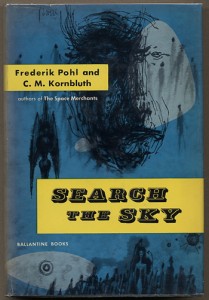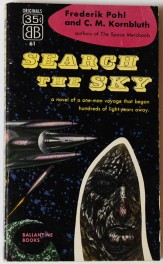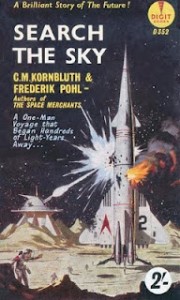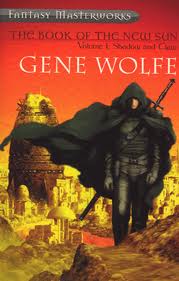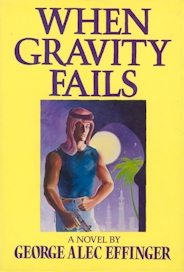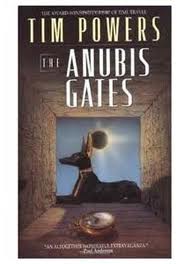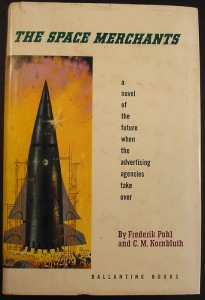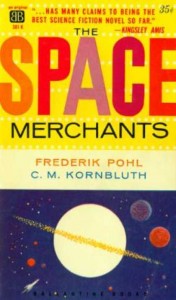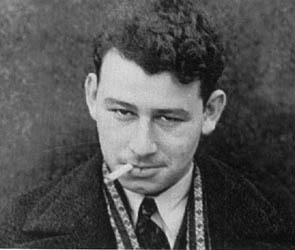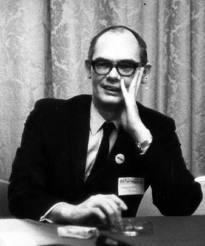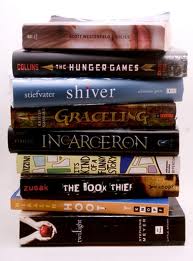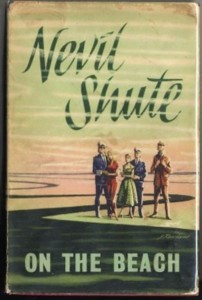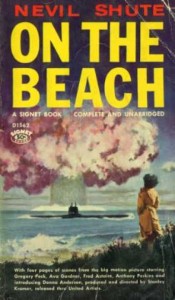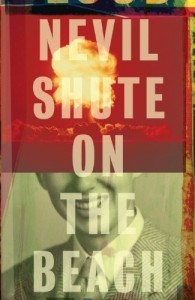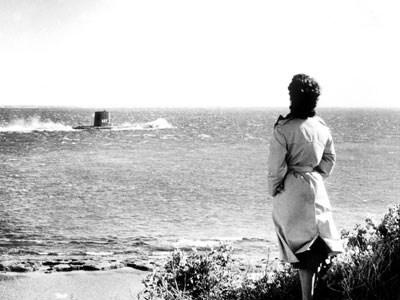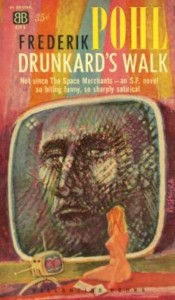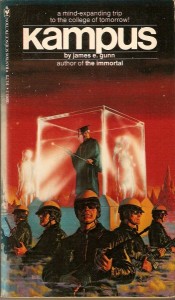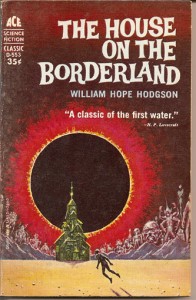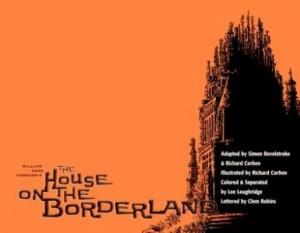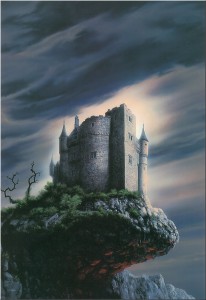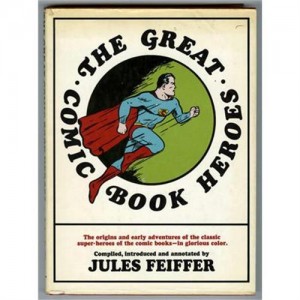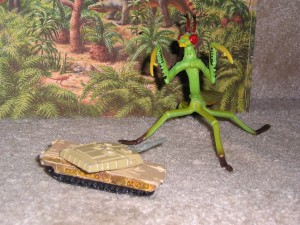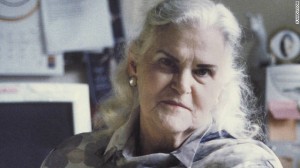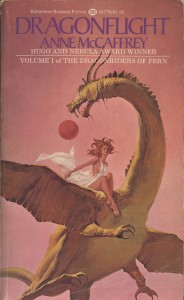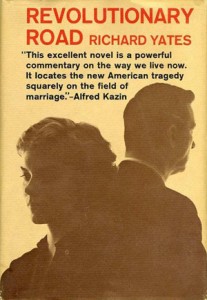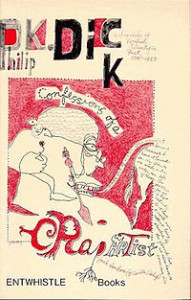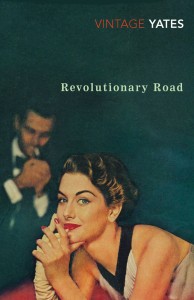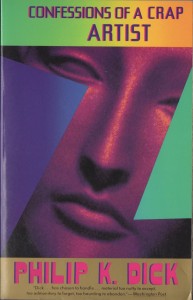Return to Part 1, Introduction
Return to Part 2, The Space Merchants
Search the Sky
Frederik Pohl and C. M. Kornbluth
Original book publication (simultaneous hardback and paperback): Ballantine Books, 1954
Most recent publication: (paperback) Baen Books, 1990; (Kindle) Wonder Publishing Group, 2009
***************************************
By the time Frederik Pohl and Cyril Kornbluth turned to writing their second of four science fiction novels together, Search the Sky, written a year after The Space Merchants, they had worked out a new working mode for their writing partnership. This was a very challenging and efficient system, a kind of a forced march of alternating four-page writing stints around the clock until a project was completed – a working method which relied heavily on their friendship, their basic compatibility, their physical proximity, and the excitement each got out of setting up writing challenges for the other to overcome. Pohl vividly described their working partnership to Alfred Bester in a conversation recorded in 1978:
“…[W]ith Cyril, because we had this background of common experience and common attitudes, writing was almost painless on most of what we wrote. We published altogether I think, seven novels and maybe 30 or 40 short stories. … Mostly what we did was talk to each other for a while. He’d come out to my home in Red Bank, where we kept a room for him with his own typewriter, and we’d sit around and drink for a while, and when the booze ran out we’d start to talk seriously about what sort of book we’d plan to write. And we’d think about a situation and talk about a few characters and what might happen to them, and as long as the conversation was flowing we’d keep on talking. We didn’t put anything on paper.
“And then when we were beginning to flag, and it felt like it was ready to write, we’d flip a coin and the loser would go up to the third floor — Cyril’s typewriter was in one room there and mine was another — and he would write the first four pages. And then at the end of those four pages, which would stop in the middle of a line or a word sometimes, he’d come down or I’d come down, and say, ‘You’re on. ‘
“We called it the ‘Hot-Typewriter System’ — just keep the thing going day and night — and we did in fact usually work straight through. … A couple of times when we were towards the end of a novel and getting a little giddy we’d play tricks on each other. There was this scene at the end of one novel when, at the bottom of the last page I had somebody look through a microscope and the next line was, ‘What did he see?’ and I said it was Charlie Chaplin in a bowler hat. Then I went down and said, ‘Take it from there.’
“But he fooled me — he just crossed out that line. Usually we didn’t even cross out a line, we just drove from line to line. Page 5 to 8 would be Cyril’s and page 9 to 12 would be mine; we just kept on going until we came to the end of the book. This was rough draft and it always got rewritten all the way through, by one of us, almost always by myself except for the case of one novel, Wolfbane, which was the last writing Cyril did before he died, and there was quite a lot of revision involved in the rewriting. But basically, when we were finished, the novel was there, and it would sometimes only take five or six days to do a whole novel, because we’d work straight through for 24 hours a day.”
Oh, to have been a fly on the wall in those rooms on the third story of the Pohl residence in Red Bank, New Jersey! Later in the conversation between Pohl and Bester, the latter asked how long each of the collaborators generally took to write his four pages. Pohl responded that the time taken averaged about two hours per shift, each writer being eager to hand the thing off to his partner. What quality of sleep could Pohl and Kornbluth have gotten during their two-hour respites? Imagine what sort of shape each man must’ve been in at the end of a week spent writing a novel around the clock!
Let’s take a look at their second novel-length collaboration, the first written using their “Hot-Typewriter System” – Search the Sky. This book has not received the acclaim accorded to The Space Merchants, Gladiator-at-Law, or Wolfbane. There’s a simple reason for that; it’s not as good a novel as those others. But even the runt of the litter has worthy qualities, considering the pedigree of the “puppies’” parents and the overall lofty standards of the litter as a whole.
Where does Search the Sky fall down in comparison with the other three Pohl-Kornbluth novel-length collaborations? In two key areas, I think – the characterization and motivation of the book’s protagonist (space trader, resident of Halsey’s Planet, and eventual starship pilot Ross), and the episodic structure of the plot, wherein the individual episodes don’t really build upon one another, but rather stand apart, almost like character-linked but otherwise separate short stories. (In fact, a great many science fiction novels have been what are called “fix-ups,” or amalgamations of related short stories that share characters and settings; even such classics as Robert Silverberg’s Nightwings and Anne McCaffrey’s Dragonflight started out as a series of stories – but not Search the Sky).
Ross, in my estimation, simply isn’t a very interesting, dynamic, or especially well-motivated character (certainly not in comparison with the protagonists of the other three Pohl-Konbluth SF novels). His primary motivation for setting out on his interstellar quest for fellow human planetary civilizations which have fallen out of contact is boredom, plain and simple. Boredom, by its nature, doesn’t make for a very interesting motivating force. Oh, and he gets tricked into boarding the faster-than-light scout vessel by the owner of the Haarland Trading Corporation, Halsey’s Planet’s chosen keeper of the secret of faster-than-light travel. (One of book’s key conceits is that the inventors of faster-than-light travel have kept the existence of FTL ships a secret from the entire human race, which had been spread across the galaxy by comparatively slow-moving generation ships, in order to avert the possibility of interstellar wars breaking out; only a single family on each inhabited planet has been made aware of the existence of FTL ships.)
Ross’s mission, as set forth by Mr. Haarland, is to reconnoiter with a FTL scout ship all or most of the planets inhabited by humans which have stopped trading and communicating with each other and determine the reason or reasons why this has happened. This plot device led to a novel which Anthony Boucher and J. Francis McComas, in their May, 1954 review of Search the Sky in The Magazine of Fantasy and Science Fiction, called “a series of Voyages imaginaires in the Eighteenth Century tradition” rather than a truly unified work of fiction (the standout example of the type of book they refer to is Jonathan Swift’s Gulliver’s Travels). Ross ends up visiting four planets once he leaves Halsey’s Planet, with his final stop being Earth. The inhabitants of each planet, in isolation both cultural and genetic, have fallen into differing sociopolitical or cultural dead-ends, which Boucher and McComas described as “cautionary exaggerations of certain sociopolitical trends.”
On the first planet, extreme age is worshipped and rewarded, to the great detriment of all citizens under the age of fifty. On the second planet, 1950s-style gender roles have been reversed, with the women all acting as domineering female chauvinists. On the third planet, a lack of genetic diversity has resulted in a war between the Joneses, who all look and think alike, and everyone else on their planet. On the fourth and final planet Ross visits, Earth, the future society of Kornbluth’s stories “The Little Black Bag” and “The Marching Morons” is reprised and elaborated on, with a tiny, hidden cognitive elite trying to avert societal disaster for the great majority of inhabitants, who have moron-level intelligence. On each stop, Ross picks up a new fellow traveler, somewhat in the same fashion Dorothy picks up the Scarecrow, the Tin Woodsman, and the Cowardly Lion as she travels about Oz in The Wizard of Oz. And on each stop, Ross gets in trouble with the locals, is either imprisoned or cast into some form of servitude, and must find a way to escape back to his FTL ship and continue his mission by traveling to the next planet on his list. The repetition of this pattern becomes a bit wearying to the reader (at least it did to this reader).
All of this is not to suggest that the book lacks its redeeming pleasures. Of the four planetary visitation episodes, my favorites are the first and the fourth. I heartily enjoyed the first segment, the visit to the planet where extreme age is venerated, because it so flies in the face of everything I’ve experienced in American society since I was a child (I was born in 1964, at the tail end of the Baby Boom, and all I have ever known is the idealization of youth and youthfulness and the efforts of marketers of all stripes to convince older Americans to adopt the attitudes and styles of the young). The humor is not overdone, and the elements of that off-kilter society are thoughtfully and intricately delineated (without becoming overly elaborated to the point of boring the reader). The fourth segment is also highly enjoyable, being a further exploration of the future world Kornbluth had earlier described in his classic short stories. The difficulties the book’s protagonists, all of high or at least average intelligence, find with blending into a society where the average IQ is fifty are humorously drawn; and the conundrums faced by the small group of relative geniuses who run things from behind the scenes are described both compellingly and with great compassion.
I found the two middle segments to be problematic, however. The second planetary visit, the one to the world dominated by female chauvinists, achieves the double whammy, to this twenty-first century reader, of both reflecting an extreme caricature of the out-of-date, stratified gender roles of the 1950s (think James Cagney mashing a grapefruit in Mae Clarke’s face for mouthing off in Public Enemy) and, in inverting it for satirical effect, making it even more grotesque than it was in the first place. The authors simply take the most brutal and simplistic portrayals of male chauvinists and make them women. This would not doom the segment, necessarily, were it not for rushed, unclever plotting which does not lead the protagonists nor the minor characters they meet to do anything interesting or particularly exciting.
The third planetary visit, the one to the world dominated by a society made up of persons of a near-identical genotype, promises more in the way of humor and social extrapolation than it manages to deliver. Virtually all the members of the society Ross and his friends find themselves in are named Jones and are tall, lanky, and have red hair. This segment comes across, unfortunately, as a joke which isn’t terribly funny the first time it is told and which is then subsequently repeated another dozen times.
It is reasonably likely that the two authors each contributed two ideas for “planetary social scenarios” apiece to the series of travels. Given that the fourth scenario pretty obviously comes from Kornbluth, my best guess is that they alternated their contributions, with Pohl dreaming up the age-worshipping planet and the Jones planet, and Kornbluth suggesting the female chauvinist planet and the “Marching Morons” planet (which is Earth). In this estimation, they each end up with one winner and one stinker of an idea (which isn’t a bad percentage, when one thinks about it). My second-best guess would be that Kornbluth suggested the fourth scenario and Pohl came up with the first three (since Pohl appears to have been the master plotter of the two of them).
In any event, this uneven book represents the nadir of the Pohl-Kornbluth collaboration (apart from their earliest shared short stories, most of which were hurriedly written in 1939-41 to fill holes in the various low-budget science fiction magazines which featured Futurians as editors). The next two books they wrote together, Gladiator-at-Law and Wolfbane, are each as satisfying and memorable in their own way as The Space Merchants.
But before we examine those two novels and their collections of shared short fiction, it might be profitable for us to take a look at two solo novels written by Frederik Pohl and Cyril Kornbluth during the 1950s, in order to gain a better picture of their individual strengths and weaknesses as novelists and what each contributed to the partnership.
Next: The Syndic by C. M. Kornbluth and Drunkard’s Walk by Frederik Pohl

